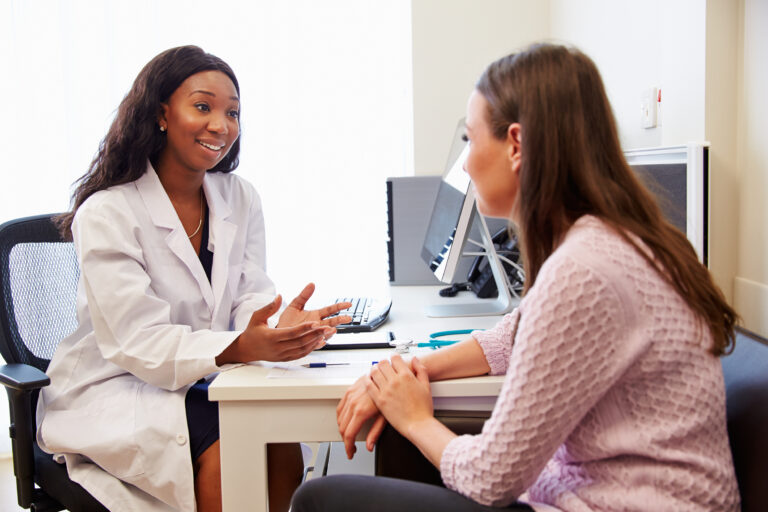Adolescents can be affected by endometriosis. In fact, according to American College of Obstetricians and Gynecologists:
“Endometriosis is the leading cause of secondary dysmenorrhea in adolescents. Endometriosis should be considered in patients with persistent, clinically significant dysmenorrhea despite treatment with hormonal agents and NSAIDs, particularly if no other etiology for chronic pelvic pain or secondary dysmenorrhea has been identified based on history, physical examination, and pelvic ultrasonography. Family history of endometriosis also should raise suspicion because patients with an affected first-degree relative have a 7-fold to 10-fold increased risk of developing endometriosis.”
Adolescents experience significant symptoms and delays in diagnosis. DiVasta et al. (2018) found that their study’s participants “experienced moderate-severe menstrual pain” and that “3 doctors were seen before diagnosis, regardless of age at presentation.” It took an average of 2 years for adolescents to receive a diagnosis (DiVasta et al., 2018). According to the study, they found that participants reported:
“More adolescents (50%) than adults (33%) reported pain starting at menarche and nausea accompanying pain. Noncyclic, general pelvic pain was prevalent. One-half of the participants reported relief of their general pelvic pain after a bowel movement. Pain interfered with work/school, daily activities, exercise, and sleep to a moderate-extreme degree; difficulties were similar by age at diagnosis.”
Find more information here: https://nancysnookendo.com/learning-library/resources/lessons/teens-and-endometriosis/
References
American College of Obstetricians and Gynecologists. (2018). Dysmenorrhea and endometriosis in the adolescent. Retrieved from https://www.acog.org/clinical/clinical-guidance/committee-opinion/articles/2018/12/dysmenorrhea-and-endometriosis-in-the-adolescent
DiVasta, A. D., Vitonis, A. F., Laufer, M. R., & Missmer, S. A. (2018). Spectrum of symptoms in women diagnosed with endometriosis during adolescence vs adulthood. American journal of obstetrics and gynecology, 218(3), 324-e1. Retrieved from https://www.sciencedirect.com/science/article/abs/pii/S0002937817324821

